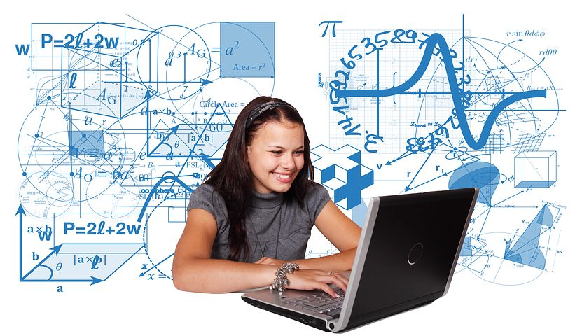Introduction to Virtual Reality
Virtual reality (VR) is a simulated experience that can be similar to or completely different from the real world. Education is one area that is benefiting from VR technology. By using VR, students can gain a first-hand experience of what they are learning about in class. For example, if a student is studying the solar system, they can put on a VR headset and be transported to space. This allows them to get a better understanding of the size and scale of the planets and how they orbit the sun.
VR can also be used to teach people about dangerous situations without putting them in actual danger. For example, firefighters can use VR to simulate fighting fires real money slots. This can help them learn how to best deal with real-life fires when they occur.
Overall, VR has the potential to change education for the better by making it more interactive and immersive. It also has the ability to make learning more fun and engaging for students.
How Virtual Reality is Used in Education
Virtual reality is slowly but surely making its way into schools and classrooms. While it is not yet widely used, VR has great potential to change the way we learn and interact with educational content. Here are a few ways that virtual reality is being used in education:
1. VR can be used to create realistic simulations of historical events or scientific phenomena. This allows students to experience things first-hand in a safe and controlled environment.
2. VR can also be used for virtual field trips. Students can visit places they might not otherwise be able to see, such as other countries or inside the human body.
3. Some educators are using VR to create interactive lesson plans. For example, students might be asked to solve a problem in a virtual world before moving on to the next level of the game.
4. Finally, VR is also being used as a tool for assessment. By testing students in a simulated environment, educators can get a better sense of their strengths and weaknesses.
The Benefits of Virtual Reality in Education
Virtual reality is a powerful tool that can be used to enhance the educational experience for students of all ages. The immersive nature of VR allows learners to explore environments and concepts in a way that is not possible with traditional methods such as textbooks or lectures real money online casino games.
There are many potential benefits of using VR in education, including:
1. Improved engagement and motivation – VR can capture students’ attention and interest in a way that other mediums cannot, making it an ideal tool for engaging learners who may be otherwise disengaged from their studies.
2. Greater retention of information – Research has shown that VR can help students retain information more effectively than other methods such as lecture-based learning or reading texts.
3. Enhanced understanding of complex concepts – The ability to visualize concepts in VR can help students to understand them more deeply than they would if they were simply learning about them through reading or listening to a lecture.
4. Real-world applications – Many subjects, such as history or science, come alive when experienced through VR simulations of real-world scenarios. This type of experiential learning can help students better understand the material and see its relevance to their own lives.
5. Increased social interaction – Some VR applications allow for social interaction, which can be beneficial for introverted or shy students who may have difficulty participating in class discussion. Additionally, VR can be used to facilitate collaboration between students who are geographically separated from one another.
The Drawbacks of Virtual Reality in Education
Virtual reality has been heralded as a transformative technology for education. However, there are some potential drawbacks to using virtual reality in the classroom.
One of the main concerns is that virtual reality can be isolating and immersive, which may not be conducive to learning in a group setting. Additionally, VR headsets can be expensive and may not be accessible to all students.
Another concern is that virtual reality can be stimulating and exciting, but it may also be distracting. Students may have trouble focusing on lesson content if they are constantly being bombarded with sensory input from a VR headset.
Finally, there is the issue of health and safety. Some people experience nausea and dizziness when using VR headsets, and there is also the potential for eye strain. It’s important to consider these potential drawbacks before implementing virtual reality in education settings.
